Academic medical centers are facing tough times. Hospitals and health systems associated with medical schools are some of the most expensive health care institutions to operate because they are designed to deliver complex, specialized care. In addition, revenue generated from their health services must subsidize teaching and research. While this model may have succeeded in the past, now price pressure and the drive for value-based care (as opposed to patients and insurers just paying for the quantity of services provided) are challenging AMCs to find new revenue sources.
Foremost among the price pressures is the fact that, as the entire health system tries to become leaner, many insurers are questioning whether expensive AMCs belong in their networks. Furthermore, the Affordable Care Act and other federal reforms disproportionately impact AMCs because these institutions are often located in urban areas and serve high numbers of Medicaid recipients. For example, 60 percent of AMC reimbursements come from Medicaid, Medicare, or other government programs. As these programs begin to tighten restrictions and rewards based on quality, traditional models of care are being called into question. Together, McKinsey estimates that these and other pressures could reduce AMC margins by 4 to 5 percent—driving many into the red.
It doesn’t seem like a very good time to open a new medical school, but that’s exactly what’s happened in Austin, Texas. The University of Texas recently opened the Dell Medical School, the first new medical school alongside a top-tier research university in this country in over five decades. The school is part of a larger development the city is calling its “Innovation Zone”, an area in the northeastern corridor of downtown that includes the medical school as well as surrounding amenities, research facilities, and businesses.
The Innovation Zone is a classic example of what we at the Anne T. and Robert M. Bass Initiative on Innovation and Placemaking refer to as an anchor-plus innovation district. By integrating into the broader downtown district, public and private leadership in Austin hopes the new medical school can serve as a force multiplier for community health and regional economic activity. While it’s far too early to judge Austin’s innovation district, here are three smart initial moves other AMC-based innovation districts could learn from.
First, early on the medical school built strong relationships to community health.
Leaders in Austin’s public, civic, and private sectors want the medical school to be not just an AMC but also the connective tissue between health innovation and community care. To that end, a nonprofit organization called Capital City Innovation Inc. was created to oversee the Innovation Zone. Its board comprises representatives from the University of Texas and its Dell Medical School, Central Health–Travis County’s health care district, and Seton Healthcare Family, with the remaining four slots to be held by local organizations yet to be determined. In order to connect the district to the wider city, Mayor Steve Adler and Travis County Judge Sarah Eckhardt will serve as advisory members.
Several efforts are underway to create stronger links between the community and the medical school. Central Health has engaged with the Project for Public Spaces (our partners in the Bass Initiative) to create a public marketplace near the medical school. The City of Austin and Travis County have formed a partnership with the Rocky Mountain Institute to develop creative solutions to local transportation challenges around the Zone. And other ideas being discussed include working with the Austin Community College to link workers with associate degrees to employment and educational opportunities within the Zone.
Maintaining strong ties to the community improves clinical outcomes, which is good public policy and supports UT’s bottom line. According to a report by Becker’s Hospital Review, “AMCs can do a lot of complex work, but 90 percent of patients are people who need to quit smoking, eat better, improve their literacy and find a better-paying job.” As hospitals become increasingly responsible for health outcomes, strong community partnerships will become increasingly critical.
Second, UT is creating a sustainable revenue model based on the quality not quantity of care. Though many hospital systems are leery of the transition to value-base reimbursement, Dell Medical is betting on it.
According to Dr. Maninder Kahlon, the school’s vice dean for strategy and partnerships, in order to credibly commit to a value-based care model the medical school needed to develop clear funding streams outside of its clinical services because the teaching hospital will never generate as much revenue as a traditional fee-for-service hospital. One option is becoming best-in-class at bundled payments (in which instead of cutting multiple checks insurance companies pay one lump sum for an “episode” of care, such as a surgery). Given the importance of Medicaid reimbursements for AMCs, Dell has recruited several senior faculty members who have worked for Medicare and Medicaid and are experts at bundled payments. Thus, a potential source of revenue may be supporting other health entities in better managing bundled payments.
Third, the school is linking its research agenda with the regional economy.
Unlike most other medical schools, Dell’s research agenda will not focus specifically on drug development because, according to Dr. Kahlon, academic research should match Austin’s economy. Austin currently isn’t well positioned to compete in pharmaceuticals, but the city is a software powerhouse.
Therefore, research at the medical school will be more interdisciplinary, working with UT’s engineering and computer science departments as well as the city’s tech entrepreneurs. For example, the Department of Neurology plans to partner with UT’s Cockrell School of Engineering and the College of Natural Sciences to develop basic and clinical research programs that create breakthroughs in imaging technologies. And Dell Medical School, working with Seton Healthcare Family (a corporate partner), other community care facilities, and software developers, will research novel approaches to health data, including everything from nurse optimization to aggregative personalized patient data—all of which offer commercial opportunities and revenue generators for the school and better health outcomes for the community.
Pressure is mounting for new models of care delivery across the U.S. health care system. Given their high costs and reliance on federal payments, hospitals associated with urban medical schools are likely to be leading indicators of how care providers adapt to disruptive times. It’s far too early to know if Austin’s bet will pay off, but these three initial organizing principles offer clear examples for other AMCs trying to break away from old models.
The Brookings Institution is committed to quality, independence, and impact.
We are supported by a diverse array of funders. In line with our values and policies, each Brookings publication represents the sole views of its author(s).
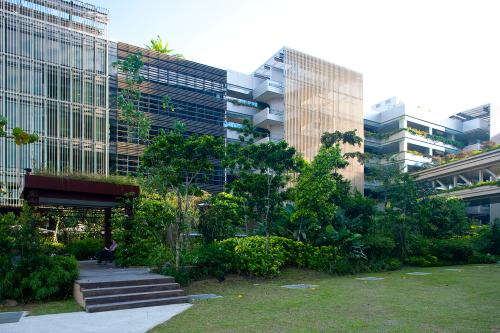

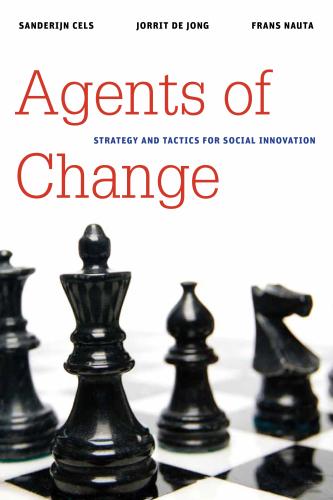

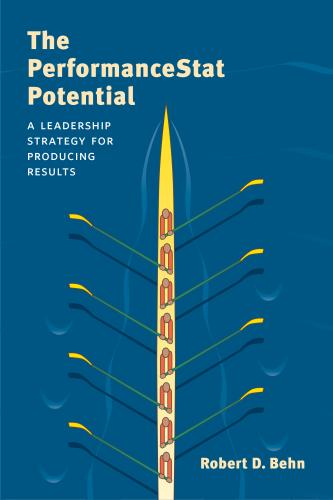
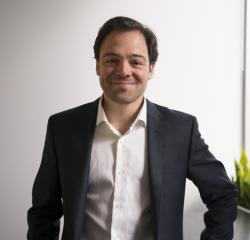

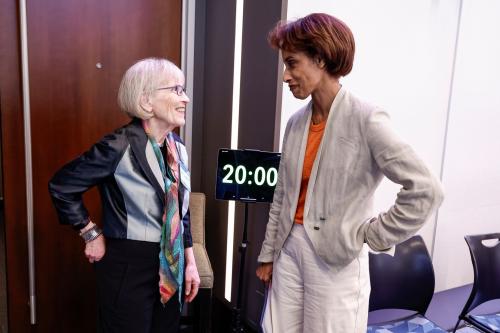
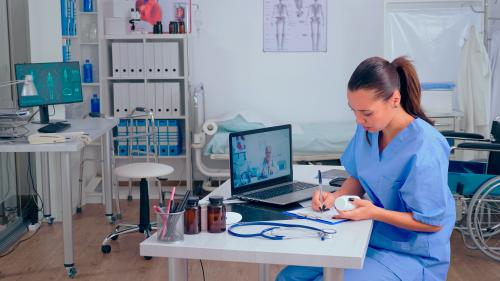
Commentary
Austin’s big bet on the future of urban health care
July 5, 2016